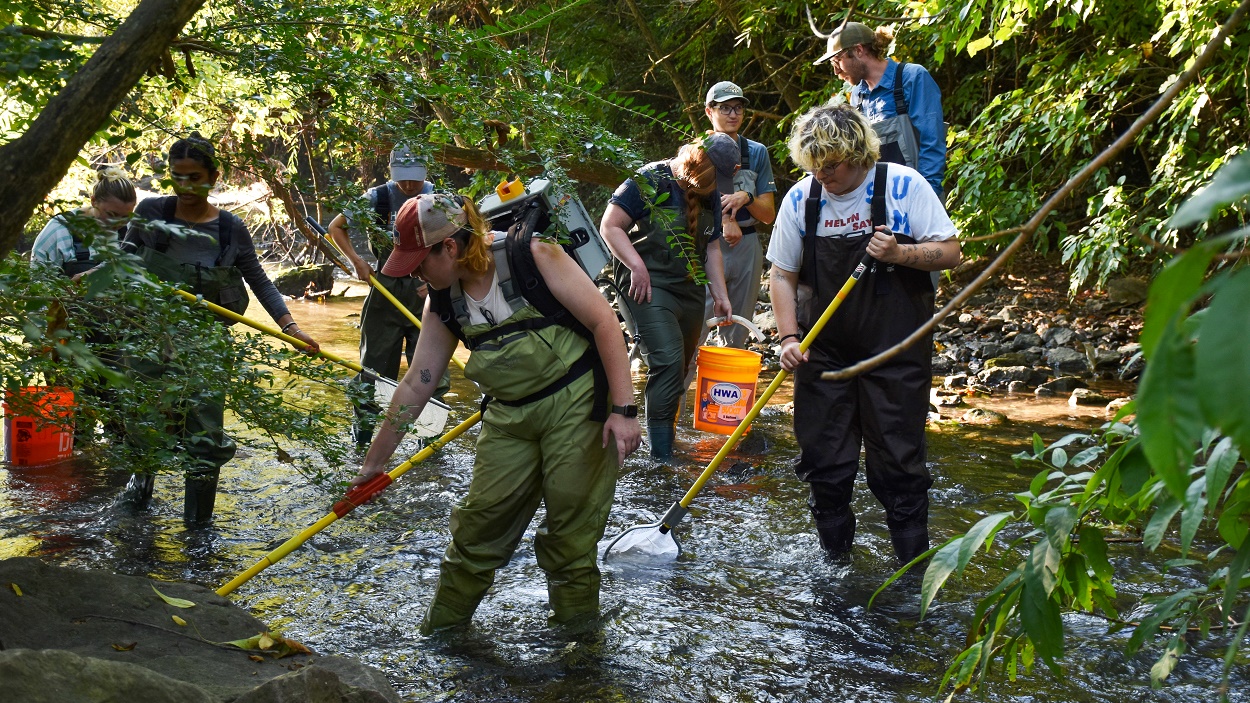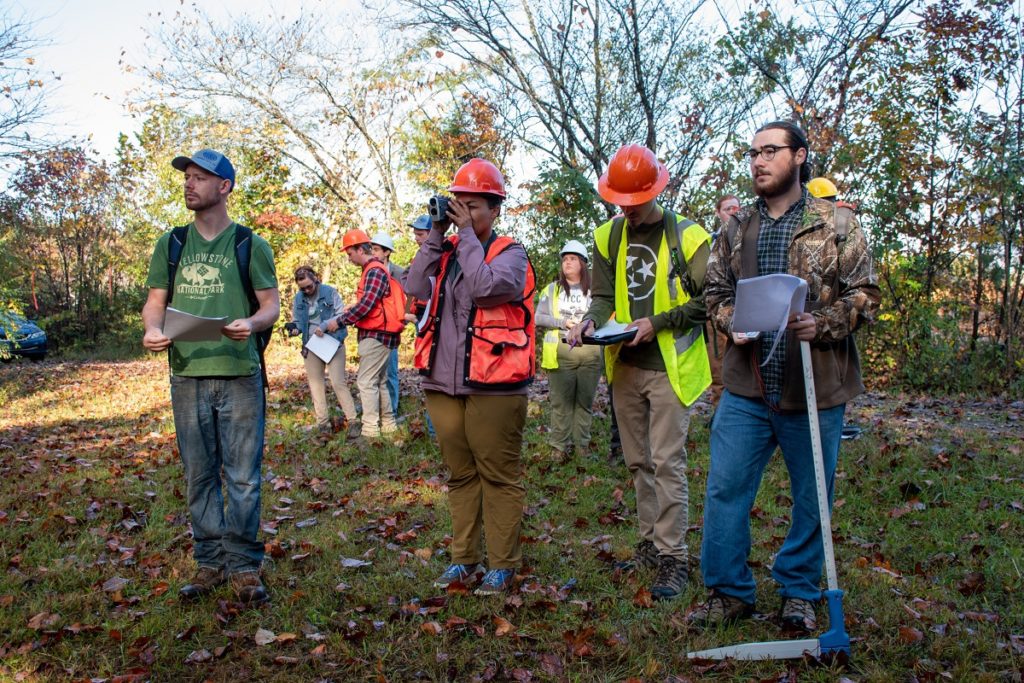
Popular Department Elevated to Reflect Importance of Studies, Research
KNOXVILLE, Tenn. – One of the most popular academic departments at the University of Tennessee Institute of Agriculture may soon be designated as the institute’s first school. The UT Board of Trustees approved the proposal to rename the Department of Forestry, Wildlife and Fisheries as the School of Natural Resources at its October 28 meeting.
After notifying the Tennessee Higher Education Commission, the transition from an academic department to a full-fledged school will become effective January 1, 2023.
Originally established in 1964 as the Department of Forestry, then later renamed and expanded to the Department of Forestry, Wildlife and Fisheries in 1977, the department currently offers bachelor of science and master of science degrees in forestry or wildlife and fisheries and a doctoral degree in natural resources. Some 363 students, 316 of whom are undergraduates, are currently enrolled in the program. The faculty includes 30 scientists spread across multiple disciplines, with five faculty and two Extension specialists expected to be added in the near future.

UT Knoxville Chancellor Donde Plowman said, “The creation of the School of Natural Resources will provide new opportunities and increased visibility for the great work our students and faculty are doing. The University of Tennessee is on the rise, and you see that across our entire campus, including the Herbert College of Agriculture.”
Currently 11 other institutions in the southern region have either schools or colleges of natural resources or multiple academic departments focused on natural resource studies.
Carrie Castille, senior vice chancellor and senior vice president of UTIA, adds that the Department of Forestry, Wildlife and Fisheries is already functioning as a school, so an official designation will reap great rewards with little additional investment. “The enhanced visibility and name recognition should increase enrollment in several already popular areas of study,” she said. “What’s more, with a full complement of faculty, most of whom will be housed in the new Energy and Environmental Science Research Building, the School of Natural Resources should continue to be extremely competitive for extramural research and Extension funding that will ultimately assist in managing and protecting our natural resources.” Across the last two fiscal years, the department has attracted more than $40 million in funding, including a $30-million grant from USDA National Institute of Food and Agriculture (NIFA) to help grassland farmers enter the emerging carbon economy while enhancing productivity and ecological benefits.
Don Hodges, professor of forestry and head of the Department of Forestry, Wildlife and Fisheries, says the current department is one of the most comprehensive, interdisciplinary programs in the country. “Our faculty have experience and training in specialties such as forestry, wildlife and fisheries, but also forest products, wildlife health, human dimensions, native grasslands, restoration, biometrics and carbon science.” He goes on to add, “While many schools and colleges of natural resources consist of separate departments by discipline, we will maintain our collaborative model of a unified faculty body with all students trained in natural resources management. This means our students will remain well-versed in their forestry or wildlife and fisheries degrees but also trained in the broader natural resource disciplines.” Upon completion of the transition from department to school, Hodges says the UT School of Natural Resources will be the only school of natural resources in the southern region in which the forest-based economy (forest industry) is dominated by hardwoods. Most southern states have more hardwoods than pine, but their industry and degree programs are pine-focused. “We are just the opposite,” Hodges says. “Tennessee is always in the top two or three states in terms of hardwood lumber production. We also are the most biodiverse inland state.”
Transitioning the department to the School of Natural Resources has been discussed for nearly five years, since the Herbert College of Agriculture was established in 2018. Hodges says that with the burgeoning enrollment, the addition of new faculty, the opening of the new research and teaching building in November 2023 and the continued success of extramural funding, there is no better time than now to elevate the visibility of the department and its programs.
Through its land-grant mission of research, teaching and extension, the University of Tennessee Institute of Agriculture touches lives and provides Real. Life. Solutions. utia.tennessee.edu.